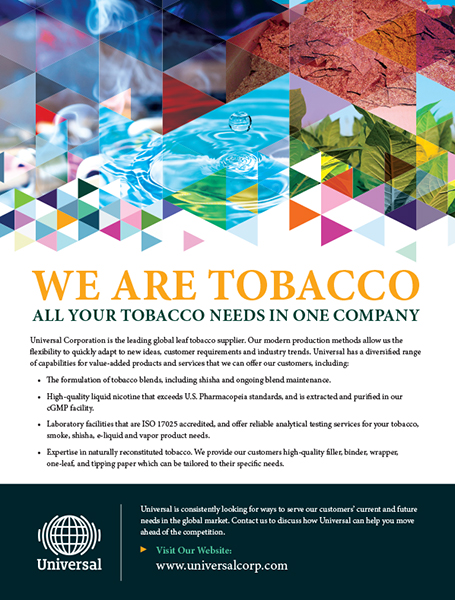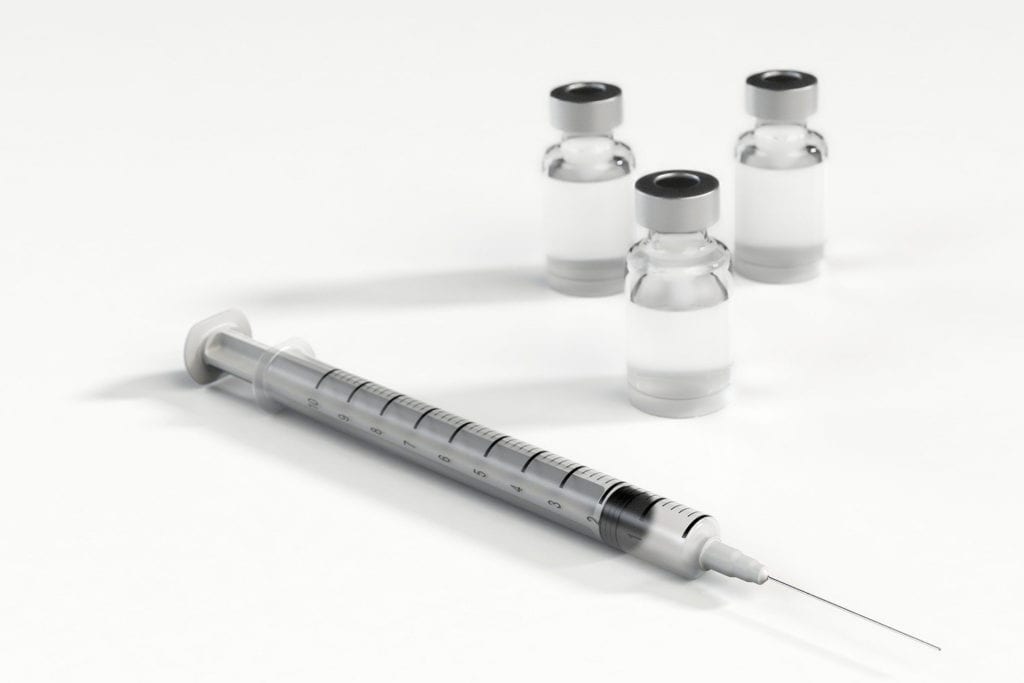First of its kind
Although Thailand has been doing comparatively well in the Covid-19 crisis, with roughly 3,600 infections out of its 68 million population by the end of September, the country nevertheless wants to avoid depending on imports. In August, the Thai government gave thb1 billion ($31.6 million) to the National Vaccine Institute (NVI) to support development and production of vaccines against the coronavirus and other diseases. Compared to other nations, the sum is small—the U.S. federal government, for example, has invested more than $9 billion, spread among seven companies, in the development of a Covid-19 vaccine. But if one of Thailand’s vaccine candidates will be approved for human trials, it will be the first such anticoronavirus vaccine developed in Southeast Asia.
“Governmental funding in Thailand is quite limited,” explains Waranyoo Phoolcharoen, associate professor in the Department of Pharmacognosy and Pharmaceutical Botany of Chulalongkorn University in Bangkok and head of development for a Covid-19 vaccine candidate. “To date, most vaccines are imported. There is currently no facility to produce the vaccine entirely—from laboratory to manufacturing and human trial—in Thailand.”
Chulalongkorn University, which has two centers in vaccine research and development, has become the focus of present vaccine developments against the coronavirus in Thailand. One initiative has applied mRNA technology transferred from the U.S., and another is using tobacco plants to develop an inoculation.
Tobacco plants have proven their potential as an efficient biopharmaceutical producer of vaccines. It’s a road other contenders in the race for a cure have chosen as well, among them U.S.-based Kentucky BioProcessing, a subsidiary of British American Tobacco, and Medicago, a privately held Canadian biotech company in which Philip Morris International bought a stake in 2008.
Basically, the manufacturing process involves identification and reception of genetic sequences from a pandemic strain to produce a virus-like particle (VLP), or antigen. VLPs resemble a virus, allowing them to be recognized readily by the immune system, but they lack the core genetic material, making them noninfectious and unable to replicate. Before the genetic construct representing the protein of interest is inserted, plants are seeded, germinate and grow. They are then genetically modified with the VLP in a technique known as transient expression.
With this transformation, plants incubate for several days during which they are reproducing the target protein. At this point, they are harvested and crushed to create a green-juice slurry. This liquid passes through filtration processes and sophisticated purification techniques to produce a final product. The process, which employs Nicotiana benthamiana, a close relative of the tobacco type used for cigarette production, can deliver a vaccine for testing in less than a month after production of the VLP.
Using tobacco plant technology has several advantages over conventional vaccine production processes. It can reproduce the antigen consistently with high fidelity and allows for rapid production of scale within a short period of time. It is also potentially safer given the fact that tobacco plants can’t host pathogens that cause human disease. In contrast to conventional vaccines, which often require refrigeration, a tobacco plant-based formulation remains stable at room temperature, making it suitable for distribution in warmer climates.
For Thailand, using tobacco has the additional advantage that the country can rely on its own resources, says Phoolcharoen. According to The Bangkok Post, Thailand has 10,450 tobacco growers, of whom 15 have production capacity of more than 12,000 kg a year. “Although we use different species of the tobacco used for cigarette manufacture, people have approached us and want to grow tobacco for our vaccine. The cost for tobacco cultivation is very low in Thailand—farmers view it as a business opportunity. Although funding is limited, molecular pharming matches the country.”
























